I’d read of a huge tree, a monumental cedar of Lebanon, that grows just outside the walls of the town of Barga in northern Italy. It was born in 1814 and transplanted here in 1836 where it became adopted as a symbol of Giovine Italia (Young Italy) and Italian unification.

Il Grande Cedro: Swietlan Kraczyna
But I must have been reading an outdated tourist brochure. By the time we arrived the tree was gone; it was felled in 2006 due to ill health. A successor was planted in 2007 but it will be a while yet before it’s as spectacular as its predecessor.
We came into the old town through the medieval Porta Mancianella and entered a maze of narrow streets threaded between high walls. We wandered along dark passageways and explored blind alleys and before long we became pleasantly lost. Without a horizon the only way was up towards the light.
A carved face of uknown age set in the wall in Via di Mezzo. For generations the inhabitants of Barga when passing the face make the sign of the devil (the mano cornuto) and push their index and little finger into the eye sockets… to keep bad luck away… magical protection against the evil eye.
Barga Jazz is an annual festival which each year celebrates the music of a chosen artist. Over the years featured musicians have included such eminent names as Wayne Shorter, Lee Konitz, Kenny Wheeler and 2015 was to be John Taylor‘s year, but sadly he died just a month before he was due to play.
At the highest point we looked out over a panorama of rooftops to the Alpi Apuane beyond.
But no sooner had we achieved the light than we were plunged once more into darkness, the cool dark of the Duomo di San Cristoforo, its walls pierced by the ghostlight of alabaster windows.
Barga has often been described as the most Scottish town in Italy. The story goes, according to Mike McDowall writing in The Guardian:
…the Duke of Argyll was holidaying in Tuscany in the 1890s, and, at some point during his trip, engaged the services of a group of local forestry workers to labour on his estates back home. The forestry workers took their families with them, and more families followed. By the end of the first world war there were around 4,000 Italians living in Scotland. Many were employed in traditional industries, but others established ice-cream parlours, cafes and restaurants, often serving the local favourite: fish and chips. Estimates of the number of Italian descendants in Scotland today range from 30,000 to 100,000.
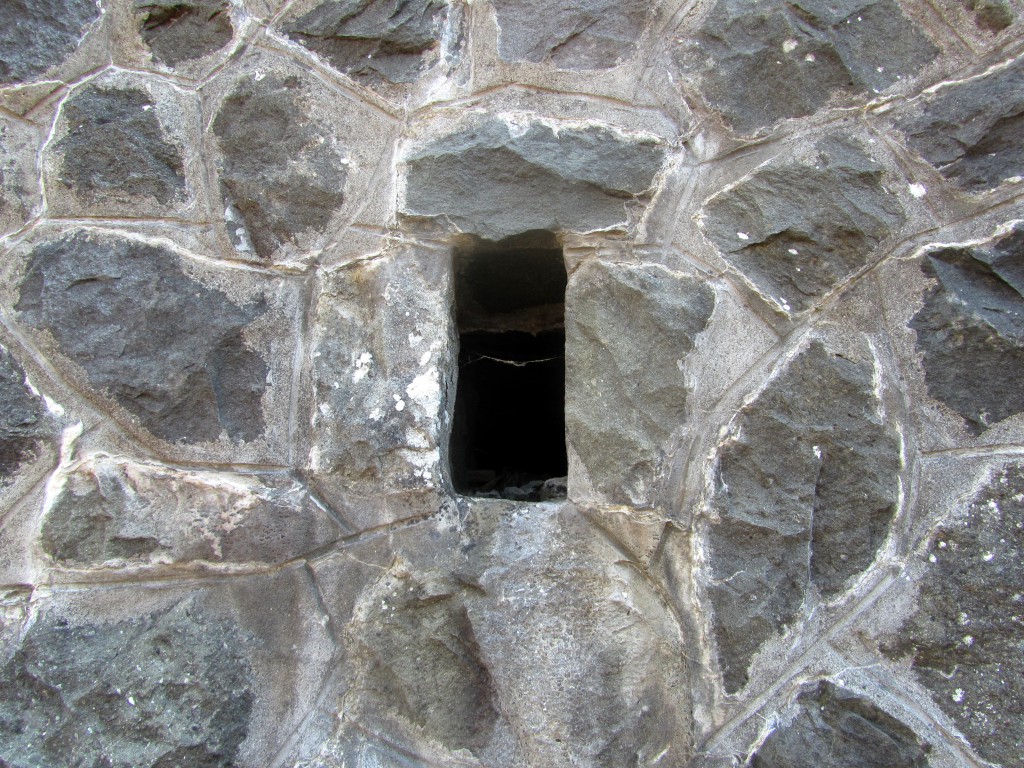
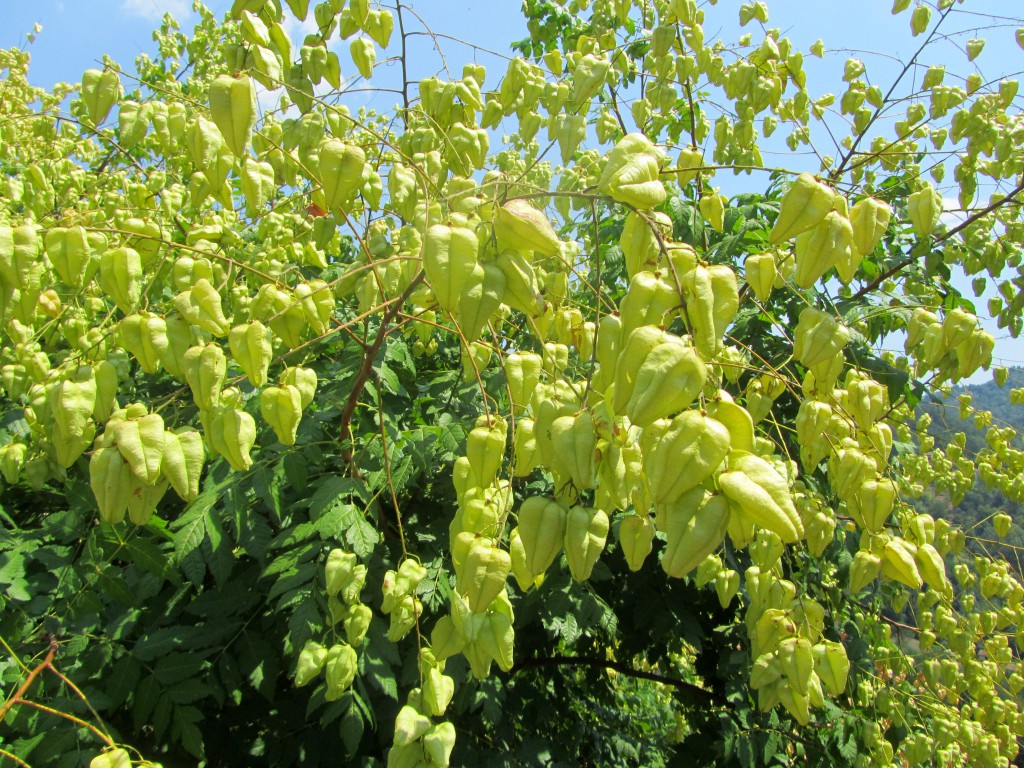
It’s not unusual to hear Scottish accents while walking the streets of Barga. A quick trawl around the internet reveals (allegedly) many famous Italian Scots with a connection to this place –
Nicola Benedetti, violinist; Peter Capaldi, actor; Tom Conti, actor; Richard Demarco, artist/curator; Lou Macari, footballer; Daniela Nardini, actor; Paolo Nutini, singer; Sharleen Spiteri, singer.
Another Scottish artist with a connection to Barga was the painter John Bellany. He visited the town many times and moved here in 2000, and his work was frequently exhibited in local galleries.
Then this window on Via di Borgo; a cabinet of curiosities. There’s a wooden boat, a black & white photo, a bird silhouette, and two intriguing and beautiful shield-shaped Mbuti barkcloth panels. A careful and loving assemblage. But no explanation, just a link to www.larecherchestudio.com.
We got lunch around the corner in the shady portico of Caffe’ Capretz.
Caffe Capretz Barga: Bernadette Corrie
We found another way back through the maze of streets and just as we were leaving we discovered Tourist Information. We’d missed it on the way in, maybe it was closed. We had a quick look inside but there was no sign of the brochure that brought us here, a souvenir from before the great cedar came down. We’d arrived quite early, despite a few wrong turnings on the way. We’d followed a thrilling hairpin ride to the nearby village of Tereglio but then realised we were on the wrong side of the mountain, but it was a good detour. Now, after another detour through the shady streets of Barga, we emerged to a chorus of cicadas in the full heat of the midday sun and took hot photographs of each other reflected in the great convex mirror in the sky. Sometimes an air-conditioned hire car is the only place to be. We took a slow drive the long way home.
※
On the road to Abetone we pulled over to take this photo, looking across the Lima valley towards San Marcello Pistoiese, we caught sight of a suspension bridge over the river down below.
Vista del Ponte Sospeso a Mammiano
We drove on, downhill to La Lima where the road crosses the river, then doubled back along the other side to Mammiano, for a closer look at the bridge.
In 1990 it was included in the Guinness Book of Records…
as “the longest pedestrian suspension bridge in the world.”
We arrived just as a helicopter came over, the bridge rocking under our feet and the air throbbing overhead, we swayed and vibrated as we crossed.
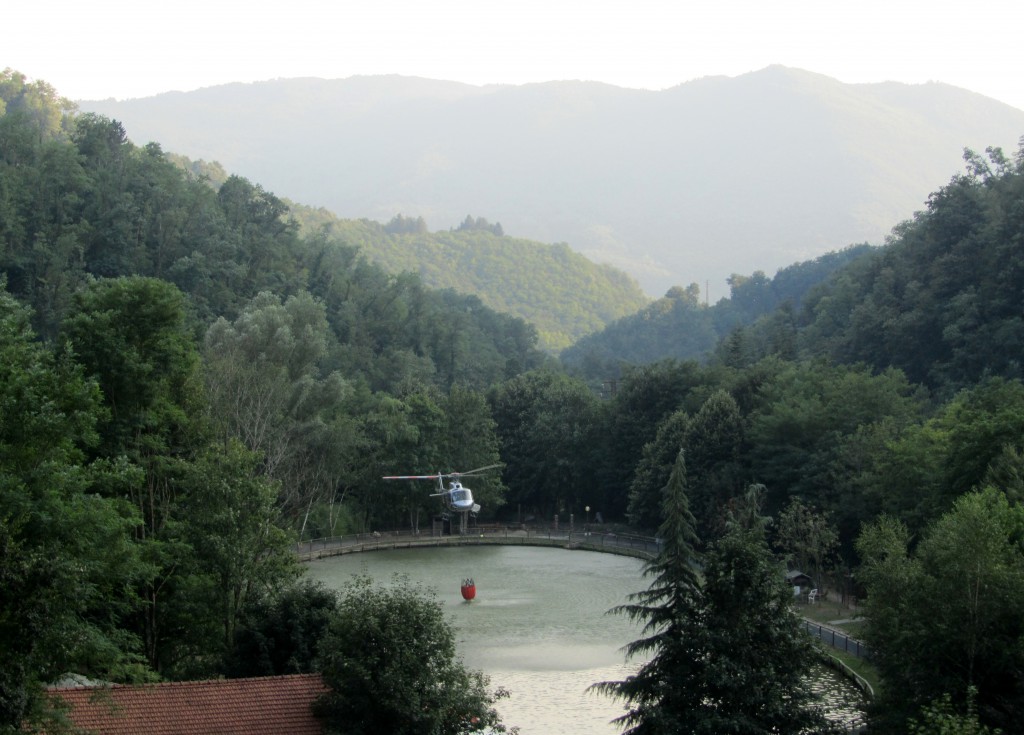
It was drawing water from the lake to douse a forest fire further up the valley. It flew to and fro over our heads spraying us with helicopter rainwater as it went.
The engineer Vincenzo Douglas Scotti, the manager of the Metallurgical plant of Mammiano Basso for many years, was responsible for the construction of the Ironworks Suspension Bridge.
The bridge, which was built to shorten the long journey that the many workers from Popiglio were forced to make every day, is the result of the designer’s profound scientific-technical knowledge, as well as the work of skilled local workers.
Since the spring of 1922 the bridge has been crossed both ways, first by workers, with a firm step, accustomed to the void and oscillations, and then by an “infinite” number of day trippers and tourists, curious yet rather determined to experience the thrill of crossing the more than 200 metres, separating the other side of the valley, suspended and gently swayed by the swinging structure, which was made even safer thanks to general maintenance work carried out in 1980 and supplementary maintenance work completed in the summer of 2004.
Since 2014, with the installation of LED lighting powered by solar panels, the bridge becomes even more striking and it is the bearer of a positive environmental message.
The 212.4 metre long Ironworks Suspension Bridge is one of the longest pedestrian suspension bridges in the world.






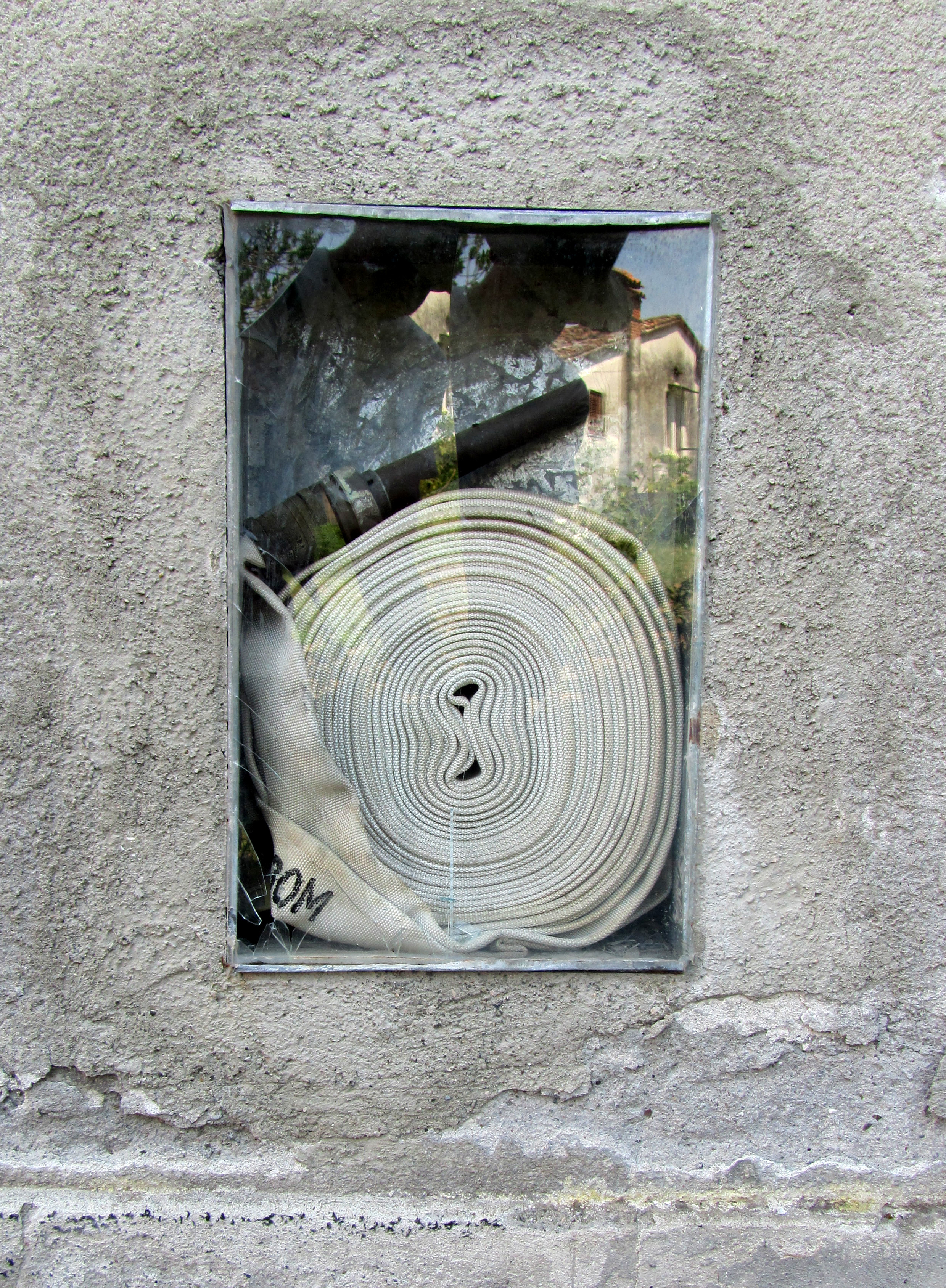


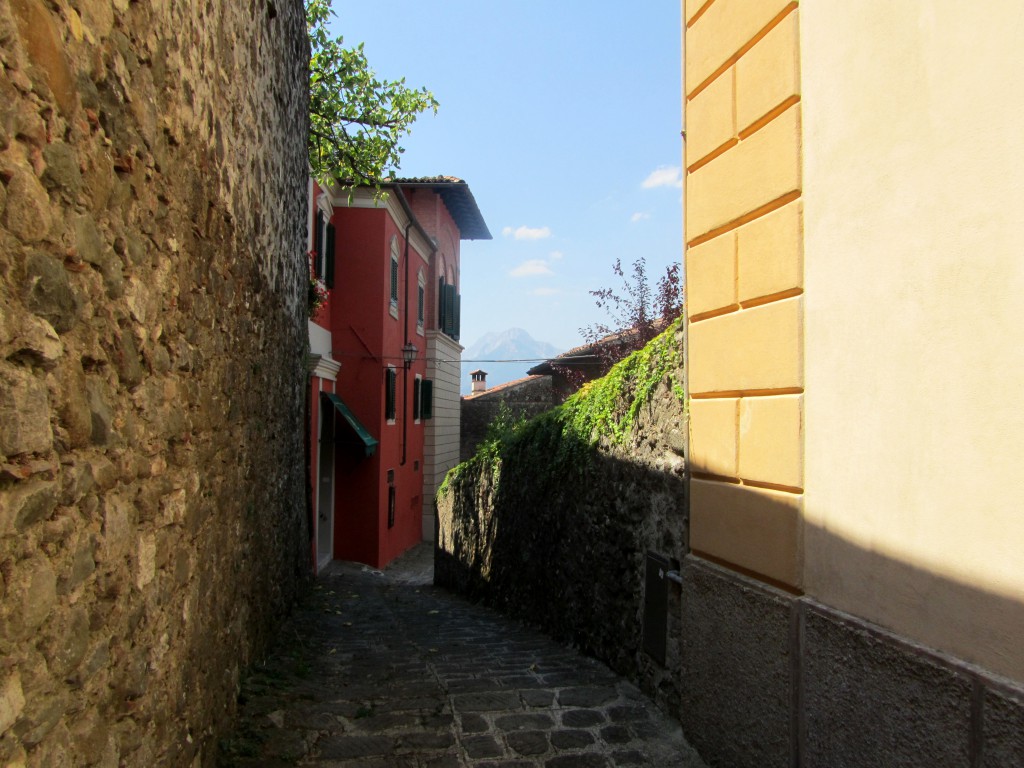



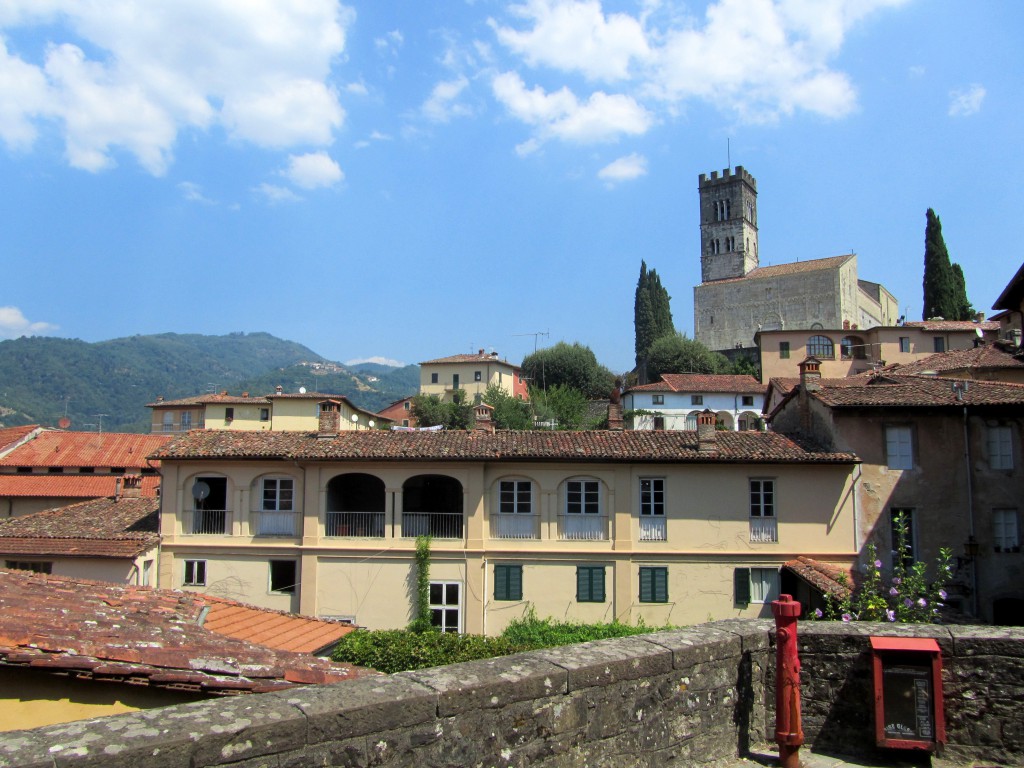
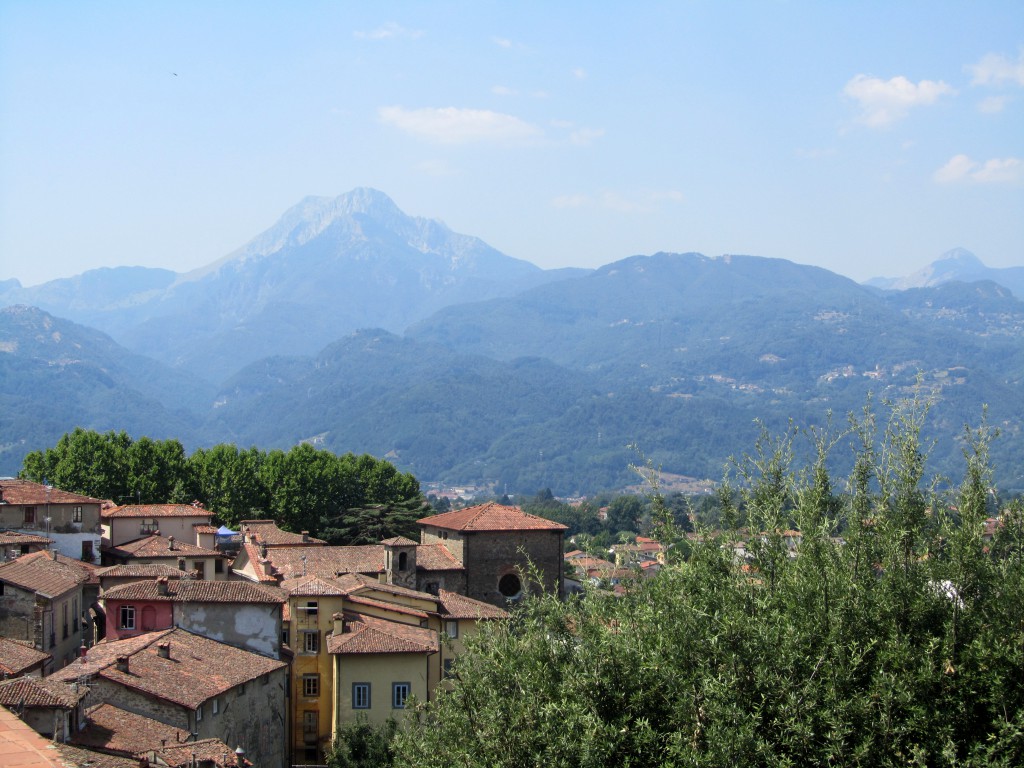

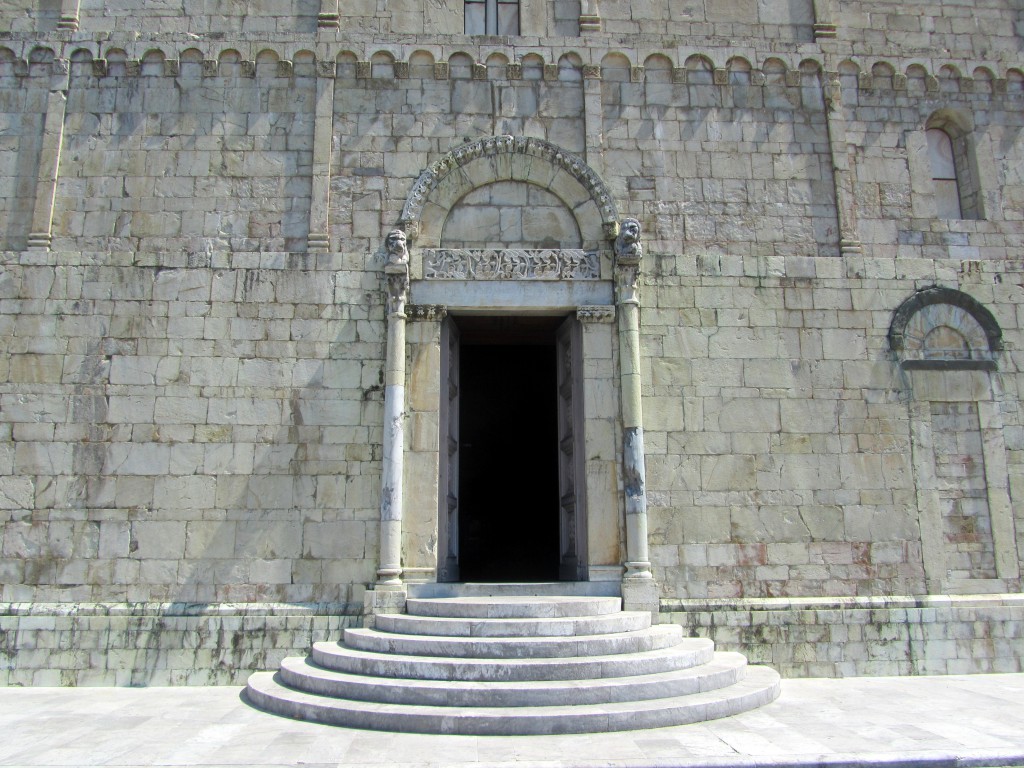

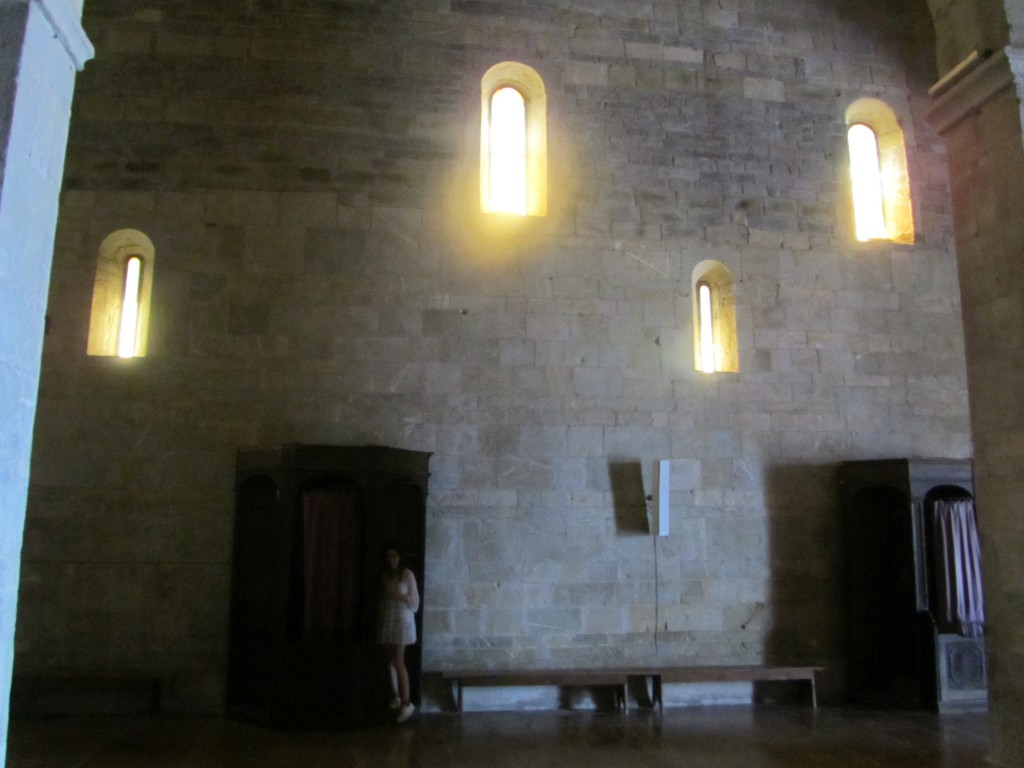
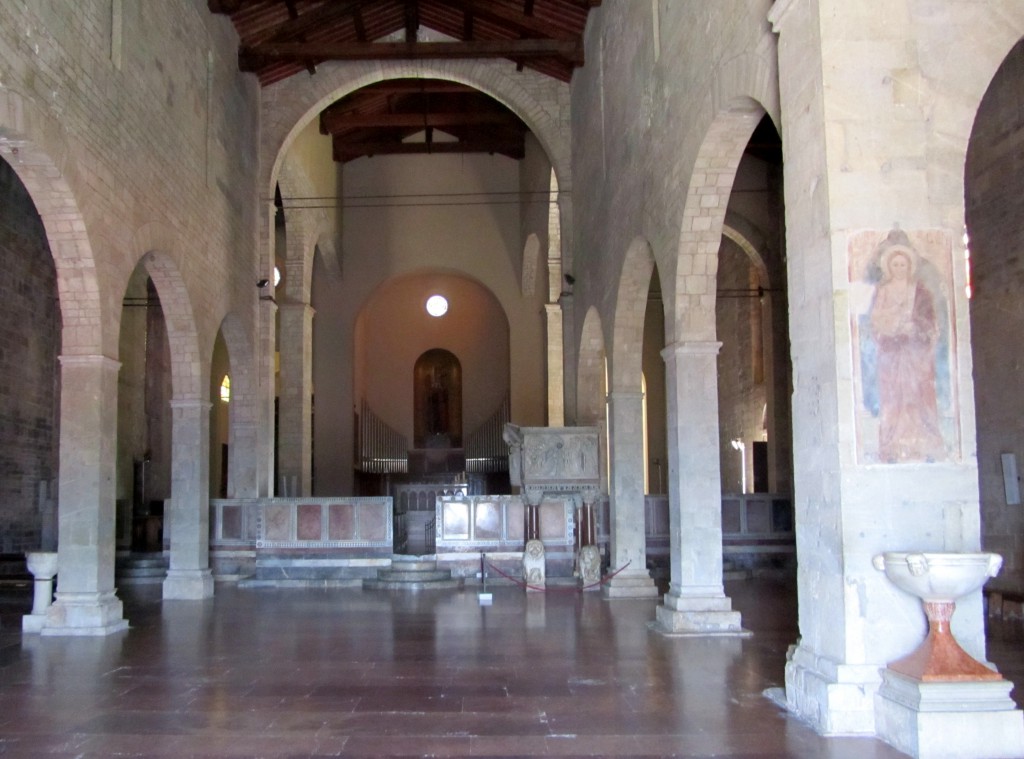


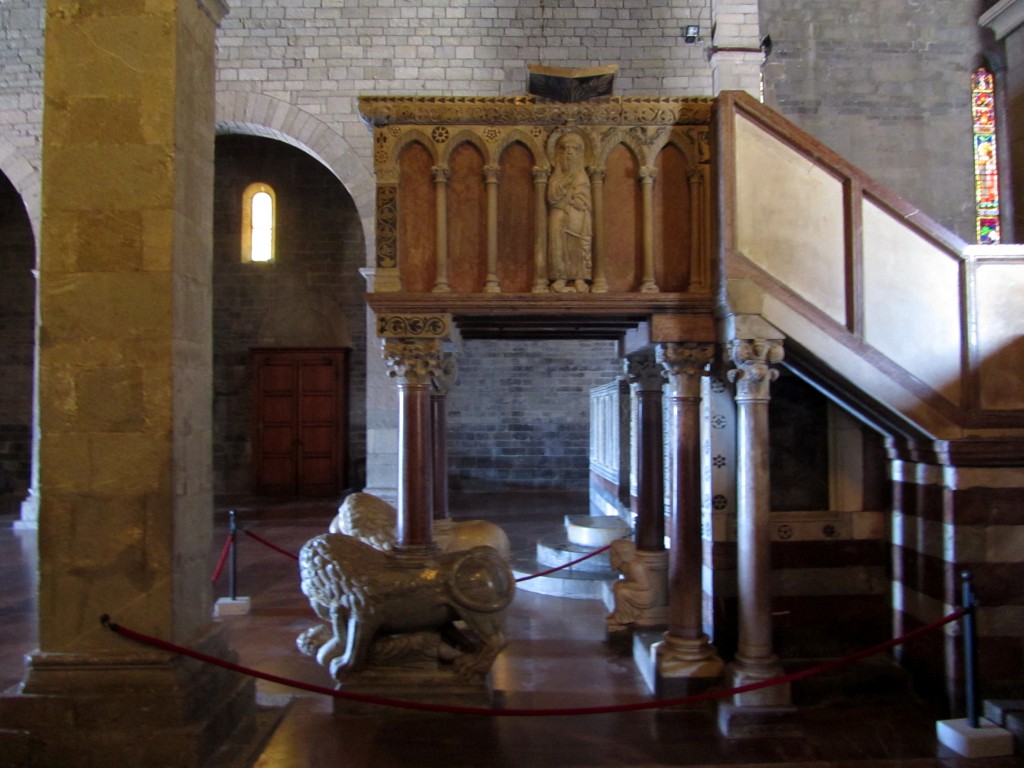

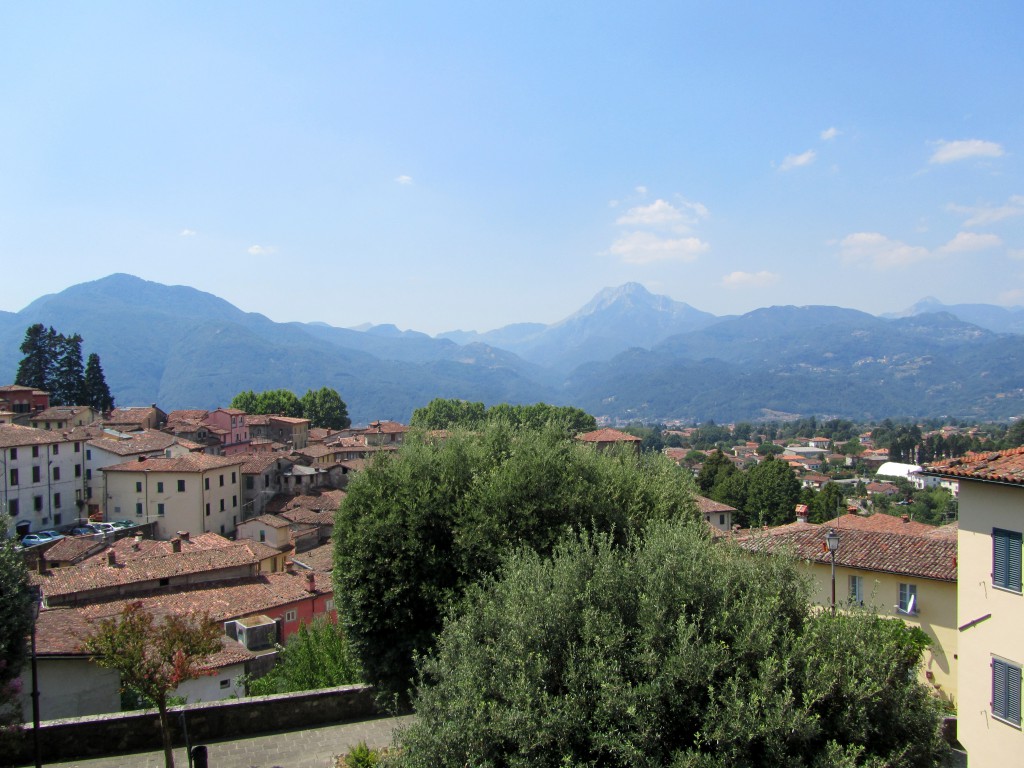

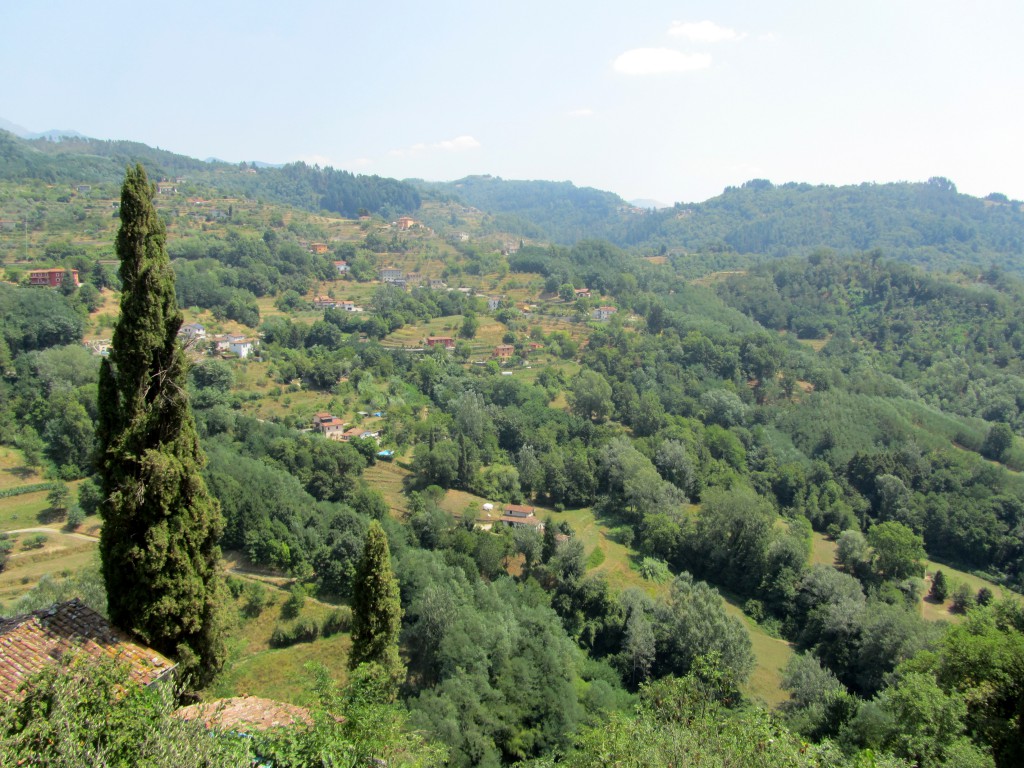

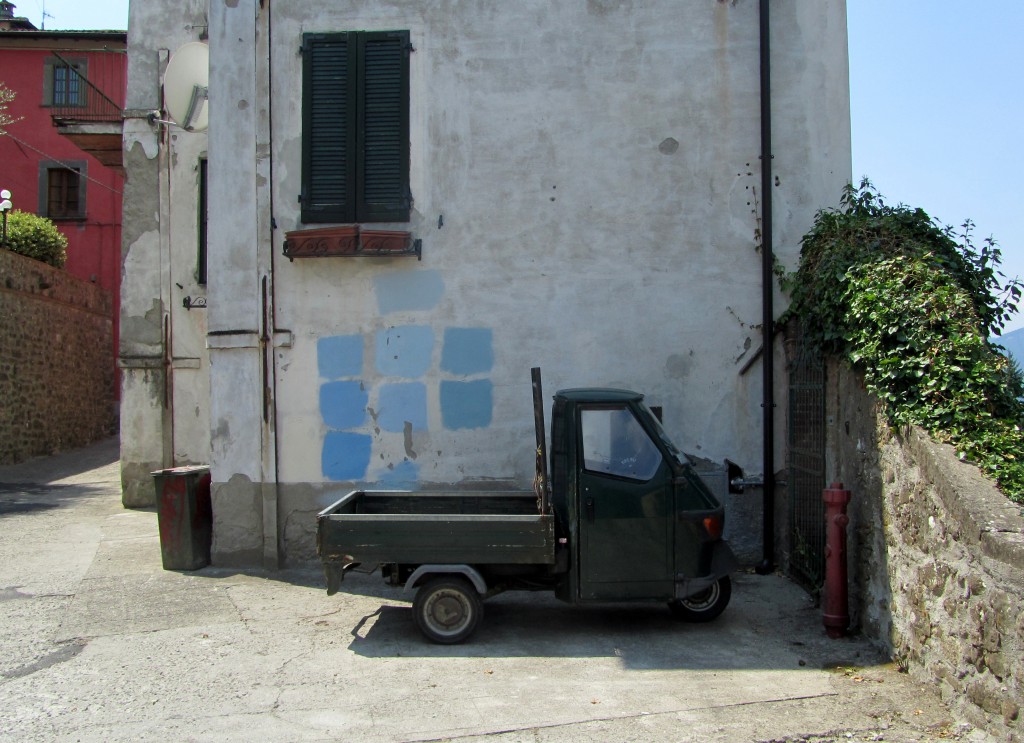
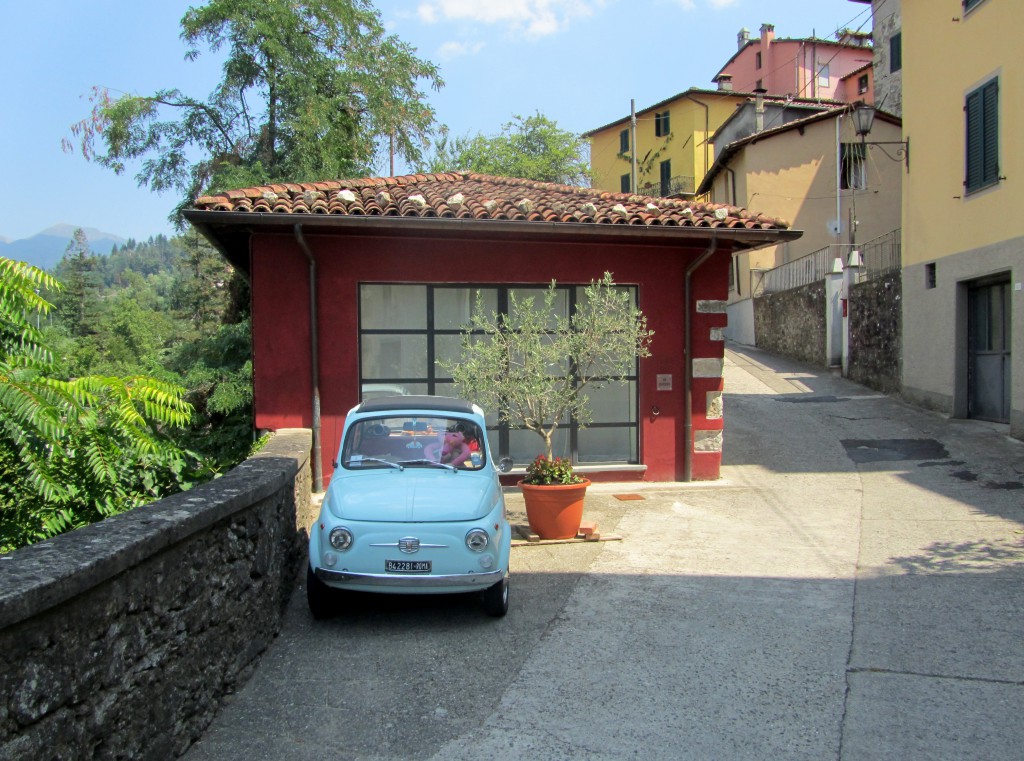

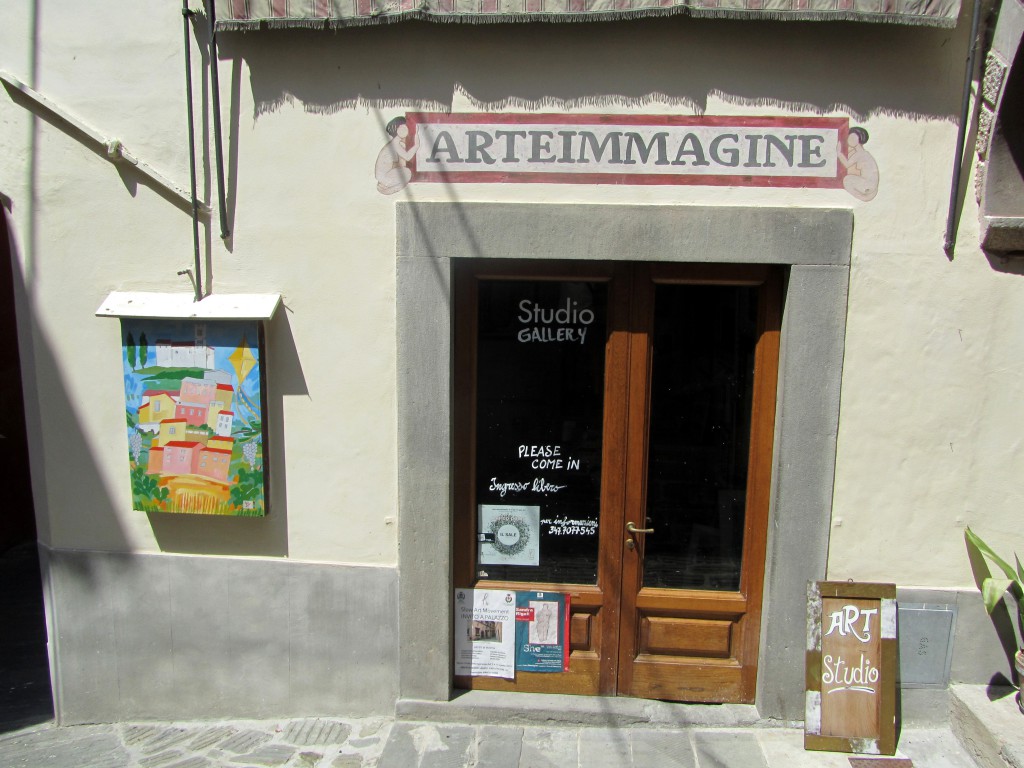
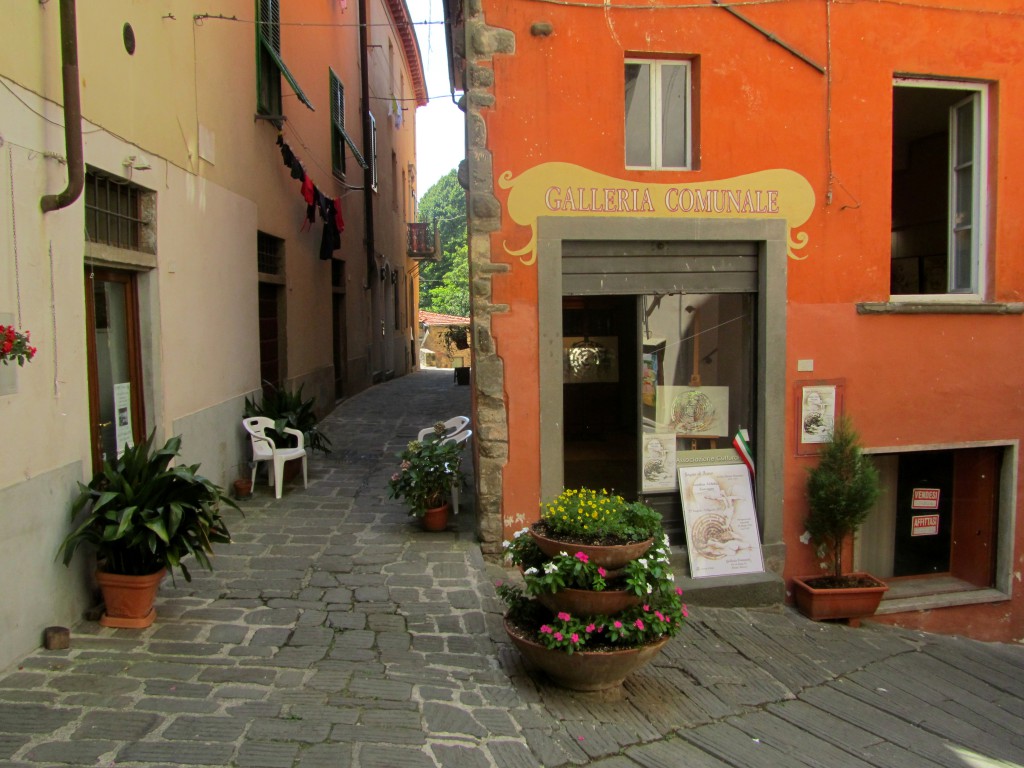

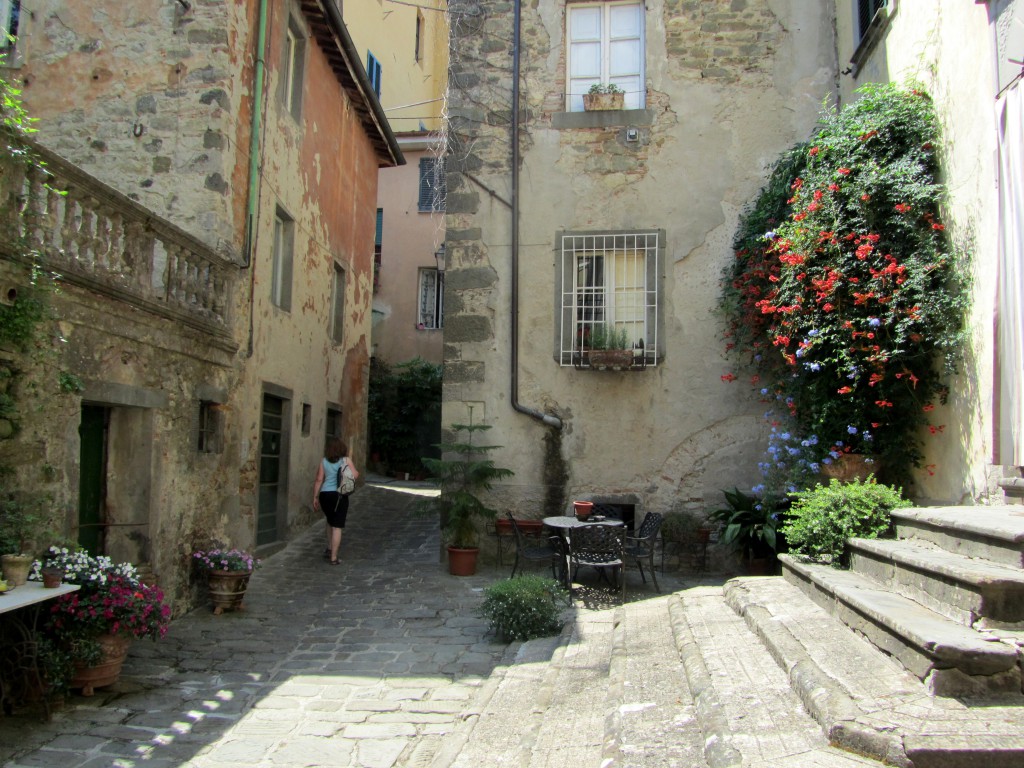



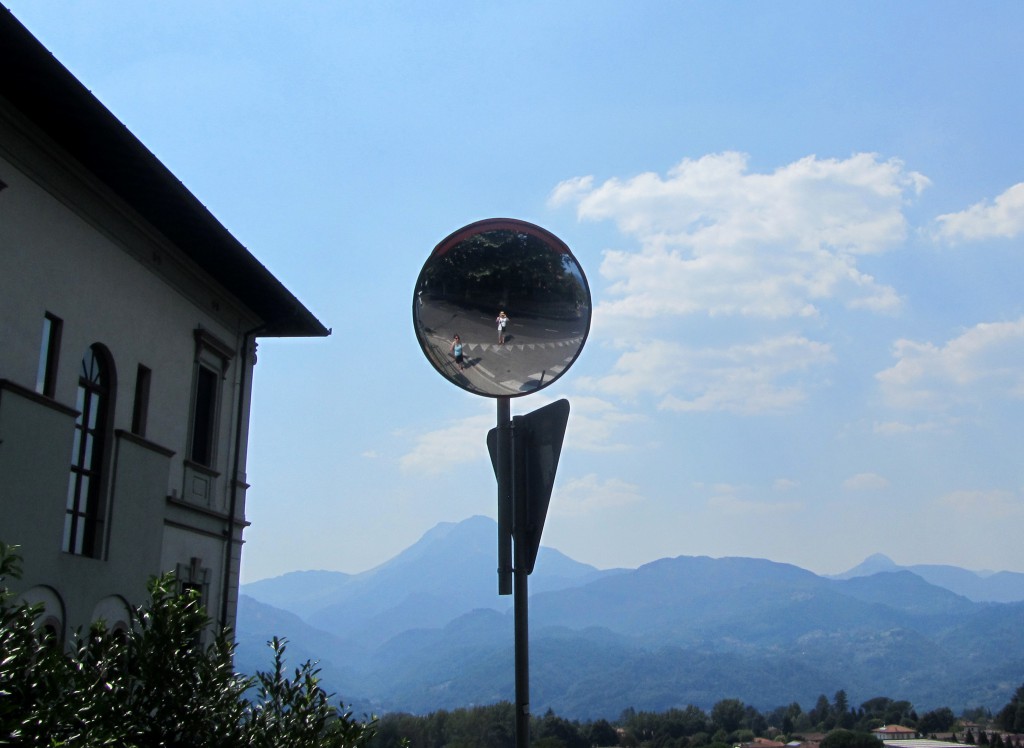
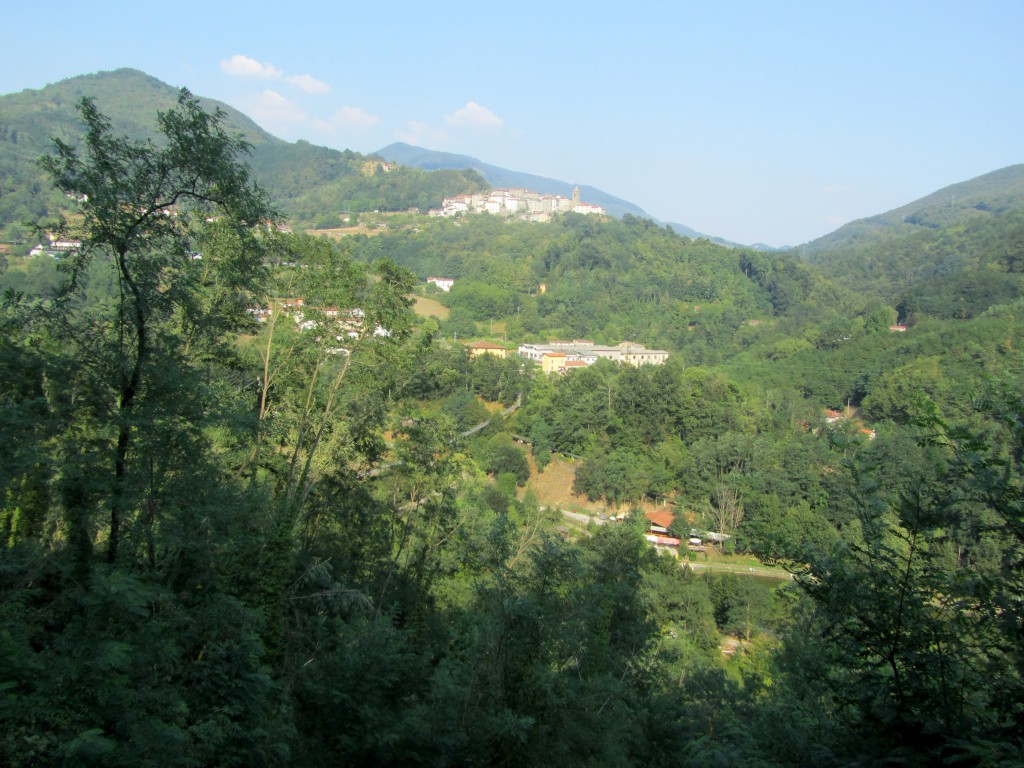

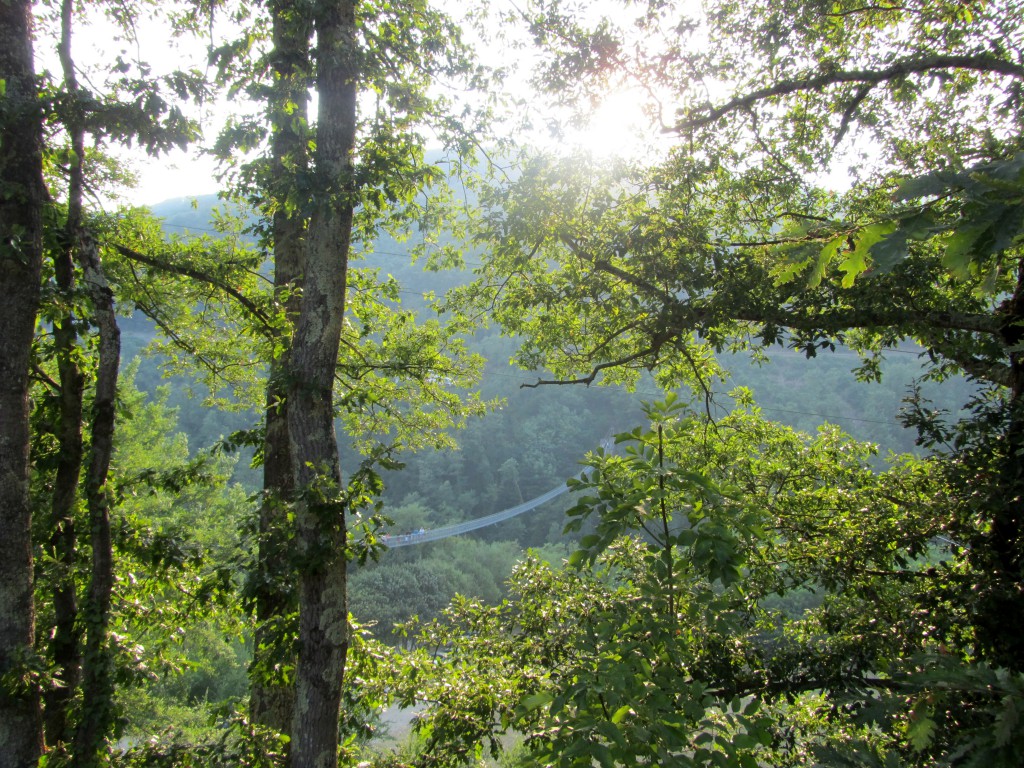
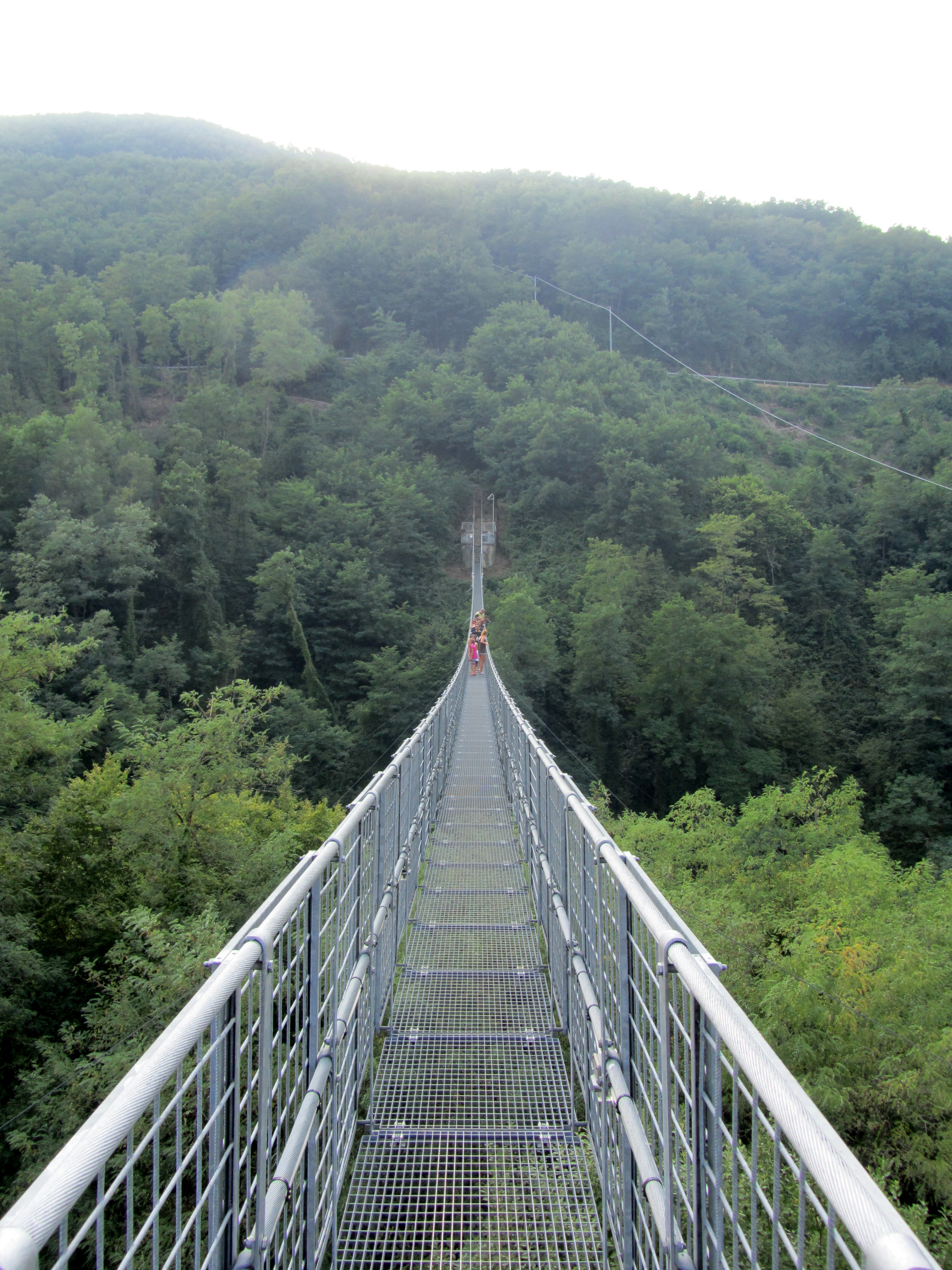
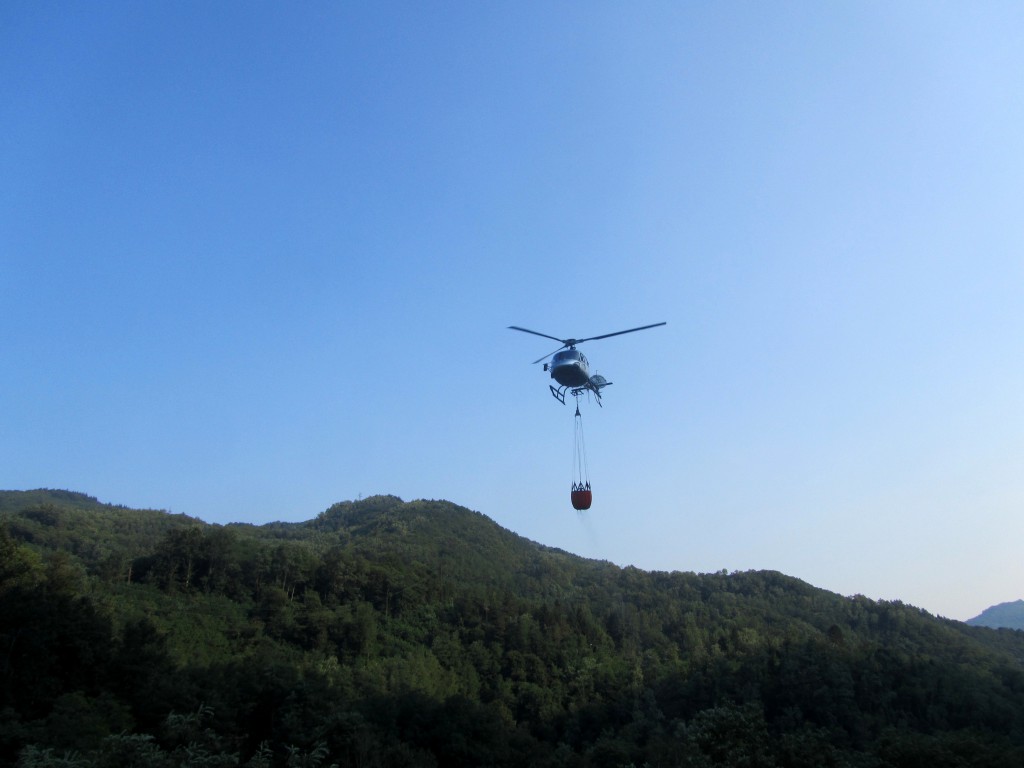
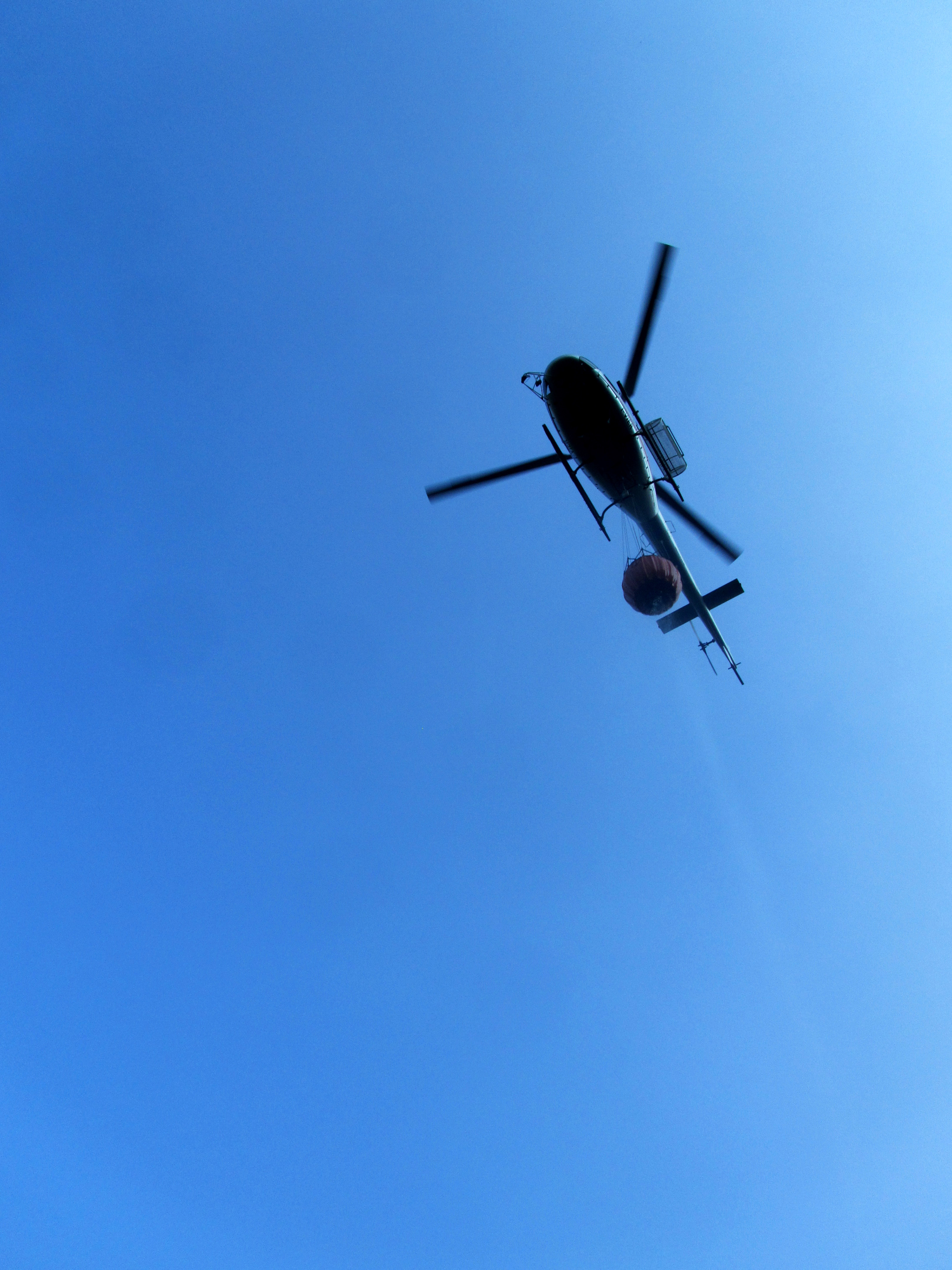
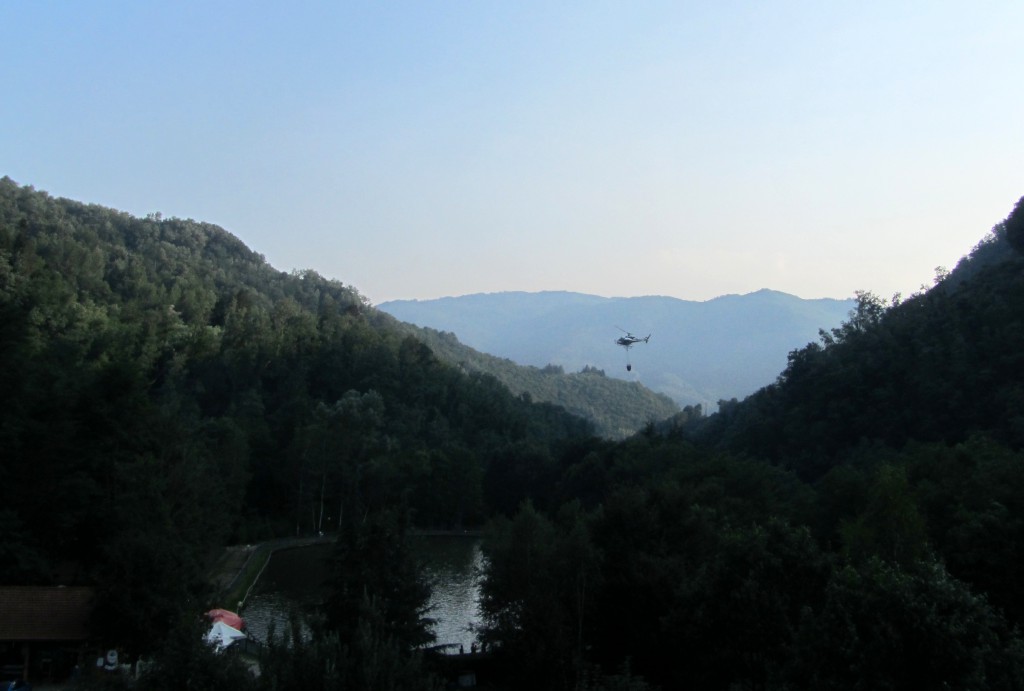

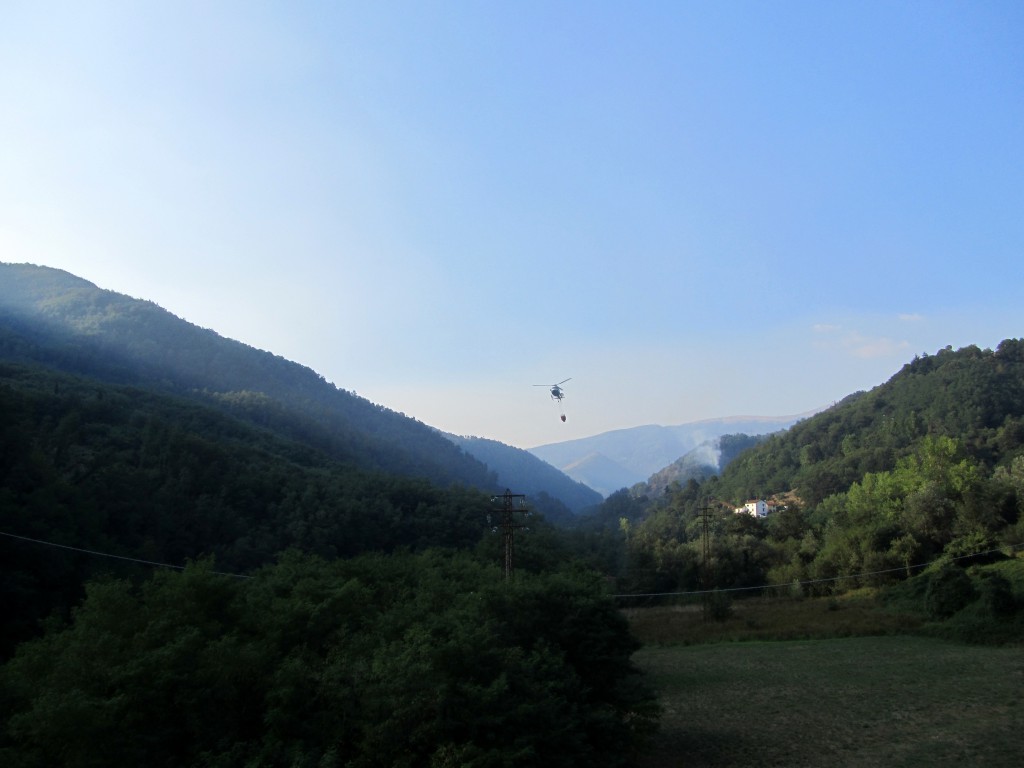


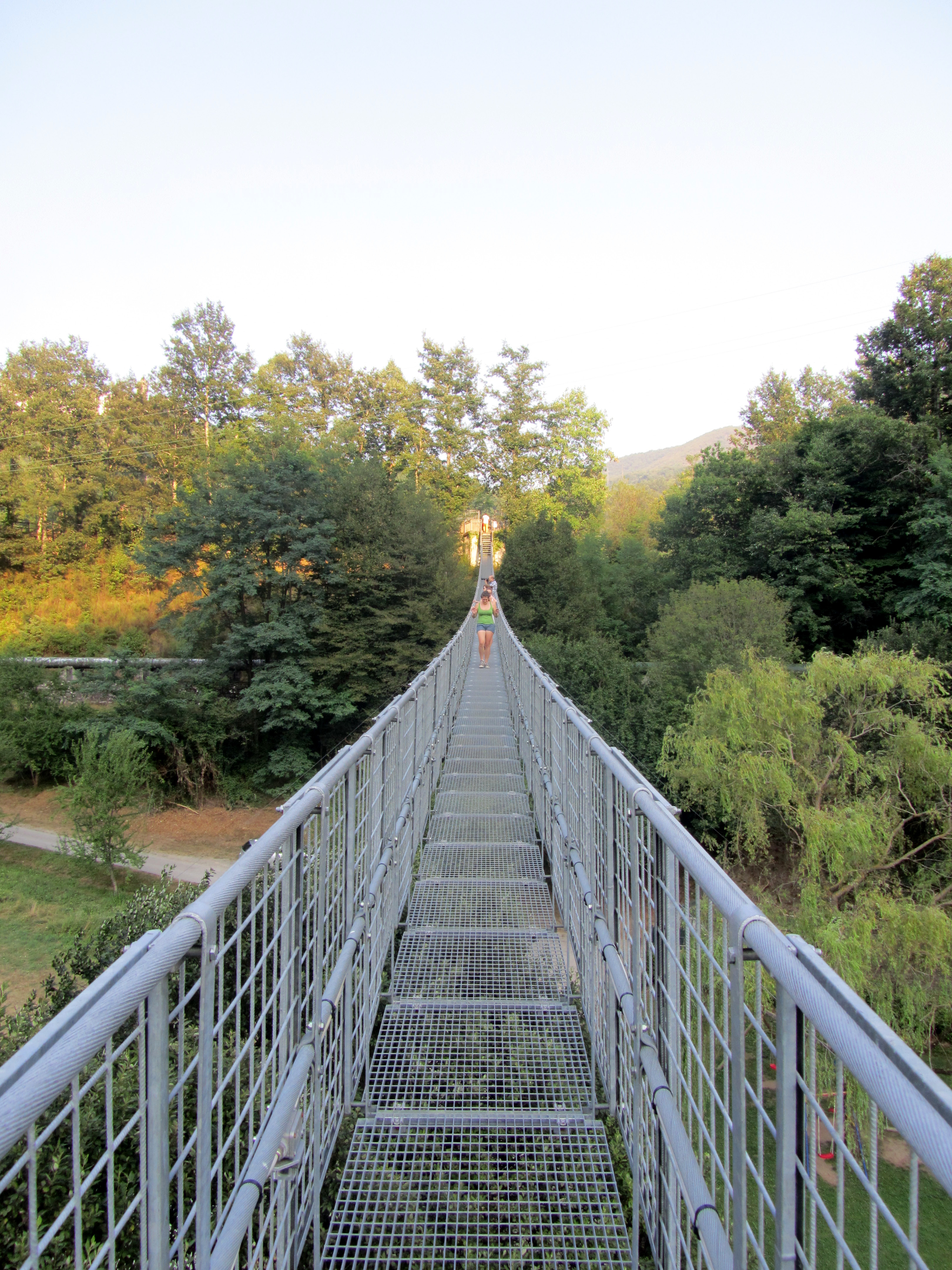

Enjoyable, wide ranging journey as always and fascinating about the Scottish connection!
And the bridge builder was a Scotti too!
Did you do the little video? Music was perfect with the step-by-step! Good post! Thanks!
Thanks for looking Pat, glad you enjoyed it. Nice video but not mine, I found it online. Reminds me of Capilano bridge in Vancouver.